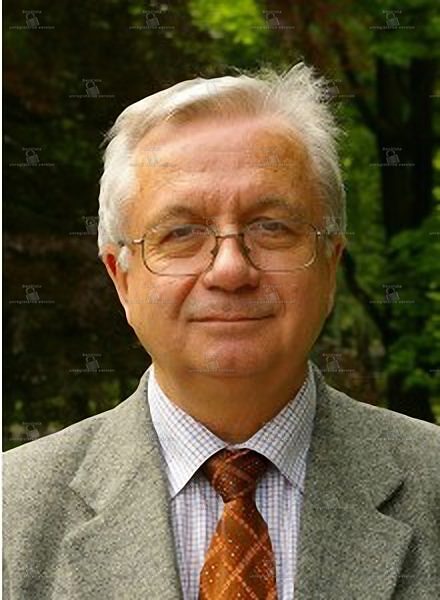Special Lecture - "Role of non bilayer lipids in enzymatic conversion of violaxanthin to zeaxanthin in the xanthophyll cycle" by Prof.Kazimierz Strzalka

Date
Location
Description
ABSTRACT:
Xanthophyll cycle is one of the most efficient mechanisms protecting photosynthetic organisms and their photosynthetic apparatus from photooxidation and damage.In higher plants it relies on light-induced violaxanthin de-epoxidation to zeaxanthin via intermediate product, antheraxanthin, and reversion to violaxanthin in low light or darkness. The cycle is catalyzed by two enzymes, violaxanthin de-epoxidase (VDE), located in the thylakoid lumen and binding to the membrane at acidic pH and zeaxanthin epoxidase, located on the stromal side of thylakoids. VDE catalyzes conversion of violaxanthin (Vx) to epoxide-free xanthophyll – zeaxanthin. Four chemical factors are indispensable for VDE activity: violaxanthin, reduced ascorbate (AscH), specific lipids and pH below 5. Decrease in the pH value of thylakoid lumen under strong light is a signal for VDE activation. Activated VDE interacts with the main thylakoid lipid, monogalactosyldiacylglycerol (MGDG) and in presence of violaxanthin and AscH the de-epoxidation reaction starts.
Experiments on the effect of different kind of lipids and their molecular dynamics on VDE activity were performed. Thickness of the hydrophobic fraction of the lipid aggregates, fluidity of the membrane, size of the inverted micelles calculated by mathematical description of the structures and solubility of violaxanthin in various kind of lipids were the studied parameters. Mutual orientation of enzyme and substrate molecules and dilution of pigments by lipids are postulated as main factors determining the VDE activity.
Additionally, the influence of thylakoid lipids on the de-epoxidation of Vx, associated with the light-harvesting complex of PSII (LHCII) was studied. The concentration of LHCII-associated Vx correlated with the concentration of the main thylakoid lipid, MGDG, bound to this complex. Besides, almost complete Vx de-epoxidation in the LHCII fractions containing high amounts of endogenous MGDG was observed in in-vitro assays with the use of isolated enzyme. On the other hand, LHCII preparations with low concentrations of MGDG exhibited strongly reduced Vx de-epoxidation, which could be increased by addition of exogenous MGDG.
The presented results indicate that lipids forming inverted hexagonal structures and indispensable for VDE activity and VDE is the member of a new family of enzymes which require presence of non-lamellar lipids for their activity.
BIOGRAPHY:
Subscribe to the OIST Calendar: Right-click to download, then open in your calendar application.



